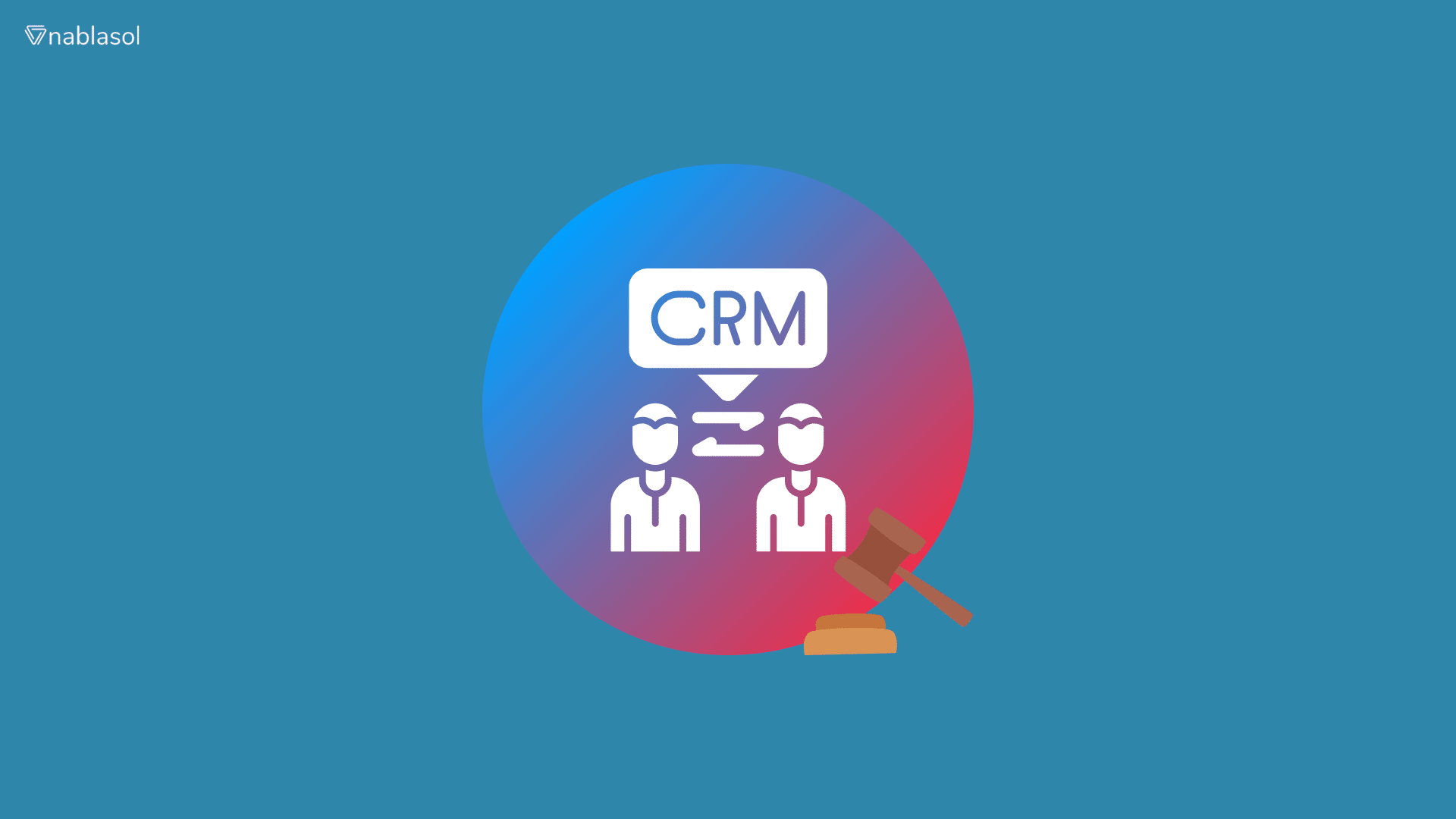The logistics sector is essential to international trade and requires the effective management of enormous volumes of documents. It is essential for seamlessly controlling documents, from shipping manifests and invoices to customs declarations and inventory logs. Here, we examine the top document management solutions designed specifically for the logistics sector to improve productivity and streamline processes. IT specialists are crucial for the implementation and upkeep of these features, ensuring they work well and satisfy the demands of the business.
Automated Document Capture
Automated document capture is revolutionary for logistics organizations because it gives them access to a tool that greatly increases production. This capability allows physical documents to be automatically scanned, digitalized, and categorized. Logistics firms may quickly scan originals into digital formats using Optical Character Recognition (OCR) technology, significantly reducing human data input errors and saving important time. In the logistics sector, automated document capture offers the following five main advantages:
Enhanced Accuracy
- Reduction in Errors: Automated capture reduces the errors that come with manual data entry, ensuring greater document processing accuracy.
- Consistent Data Quality: Ensuring consistency in data collection enhances the overall quality of information, resulting in more accurate choices and fewer mistakes.
Improved Efficiency
- Automation: Accelerates the document handling process, enabling logistics firms to manage higher document quantities quickly, resulting in a more effective and efficient workflow.
- Streamlined Workflows: Automated capture integrates seamlessly with existing workflows, reducing bottlenecks and improving operational efficiency.
Cost Savings
- Labor Costs: Companies can ensure sustainable profitability by cutting labor costs and directing resources toward more vital tasks by decreasing the need for manual data entry.
- Paper and Storage: Digitization might make office supplies and storage space cheaper, decreasing the need for physical storage and paper usage.
Better Data Management
- Centralized Storage: It is simpler to obtain papers when needed when they are stored digitally in a centralized system.
- Data Integration: Digital documents facilitate data flow and accessibility throughout the organization since they are easily connected with other business systems.
Regulatory Compliance
- Accurate Record-Keeping: To comply with regulations, precise and consistent record-keeping is ensured by automated document capture.
- Audit Trails: Digital records provide a clear audit trail, making demonstrating compliance during audits and inspections easier.
By leveraging automated document capture, logistics companies can enhance their accuracy, efficiency, and compliance, positioning themselves for tremendous success in a competitive market.
Centralized Document Repository
Logistics organizations that handle documents from various sources and locations need a centralized record repository to guarantee that all papers are kept in a single, safe area. Team members may access data at any time, from any location, and consistently, thanks to this unified storage solution, which serves as the one source of truth. Better accessibility and intuitive user experiences make it easier to retrieve documents and version control and real-time updates enhance teamwork. Security elements that ensure regulatory compliance and safeguard sensitive data include role-based authentication and compliance management.
Simplified document management in logistics increases productivity and lowers costs by reducing the need for storage facilities thanks to automated workflows and enhanced search features. Disaster recovery is provided by dependable backup solutions, enabling a speedy recovery and less downtime. Growth can be accommodated via a centralized repository’s scalability, which offers variable storage alternatives to match changing needs. This comprehensive approach puts logistics organizations in a very successful position by improving efficiency, collaboration, and security.
Advanced Search and Retrieval for Document Management
Advanced search and retrieval capabilities are crucial for handling the vast array of documents in logistics. Features like full-text search, metadata tagging, and custom filters enable users to locate specific documents quickly. This saves time and enhances productivity by allowing logistics personnel to focus on their core tasks rather than searching for documents. Here are five key benefits:
- Full-Text Search: Enables users to find documents by searching for specific words or phrases within the text.
- Metadata Tagging: Allows documents to be categorized with relevant tags for easy retrieval.
- Custom Filters: Users can apply filters based on document type, date, or other criteria to narrow search results.
- Quick Access: Reduces the time spent searching for documents, enhancing overall efficiency.
- Improved Productivity: Frees up logistics personnel to focus on more critical tasks, boosting overall productivity.
Version Control
Documents in the quick-paced logistics sector are updated often. Version control keeps older document versions safe while guaranteeing that the most recent version is always accessible. This feature offers a transparent audit trail of document modifications and aids in preventing errors brought on by out-of-date information.
Workflow Automation for Document Management
Workflow automation streamlines document-related processes by automating routine tasks such as approvals, notifications, and document routing. For logistics companies, this means faster processing of shipping orders, quicker customs clearances, and more efficient handling of invoices. Workflow automation minimizes bottlenecks and ensures that documents move smoothly through the organization.
Compliance Document Management
Logistics companies must comply with various regulations and standards, such as customs requirements, trade agreements, and safety protocols. Compliance record management features ensure that all documents meet the necessary regulatory standards. This includes automated checks, audit trails, and reminders for document expirations or renewals, helping logistics companies avoid costly compliance violations. Here are five key benefits:
- Automated Checks: Automatically verify that documents meet all regulatory requirements.
- Audit Trails: Provide a detailed history of document changes for transparency and accountability.
- Expiration Reminders: Notify users of upcoming document expirations to ensure timely renewals.
- Regulatory Compliance: Ensure adherence to industry standards and avoid legal issues.
- Risk Mitigation: Minimize the risk of non-compliance and associated fines or penalties.
Mobile Access for Batter Document Management
Mobile document access is essential for logistics operations in the field. A document management system with robust mobile capabilities allows employees to access, review, and approve documents. This flexibility ensures that critical operations are not delayed and staff can remain productive regardless of location.
Integration with Other Systems
Integration with other systems, such as Enterprise Resource Planning (ERP), Customer Relationship Management (CRM), and Transportation Management Systems (TMS), is vital for a seamless logistics operation. Document management systems that offer API-based integrations ensure that documents flow smoothly between different platforms, reducing data silos and improving overall efficiency.
Security and Access Control
Security is paramount in document management. Features like encryption, access control, and user permissions ensure that sensitive information is protected. For logistics companies handling confidential client and shipment information, robust security measures help prevent unauthorized access and data breaches. Here are five key benefits:
- Encryption: Protects data by converting it into a secure format that authorized users can only read.
- Access Control: Only authorized personnel can access specific documents or information.
- User Permissions: Allows customization of access levels, so users only see the information pertinent to their roles.
- Data Breach Prevention: Reduces the risk of data breaches and unauthorized access to sensitive information.
- Regulatory Compliance: Helps meet industry security standards and regulatory requirements for data protection.
Scalability
The logistics industry is dynamic, with companies often experiencing rapid growth or fluctuations in workload. A scalable document management system can adapt to these changes, providing the necessary infrastructure to handle increasing volumes of documents without compromising performance.
Conclusion
In the logistics sector, where fast and precise document handling can substantially impact operational success, efficient document management is essential. Logistics organizations may increase efficiency, optimize workflows, and guarantee industry compliance by utilizing cutting-edge features like effortless document capture, centralized repositories, sophisticated search capabilities, and system integration. Logistics organizations that use these document management capabilities will be better positioned for achievement in an increasingly competitive market.



